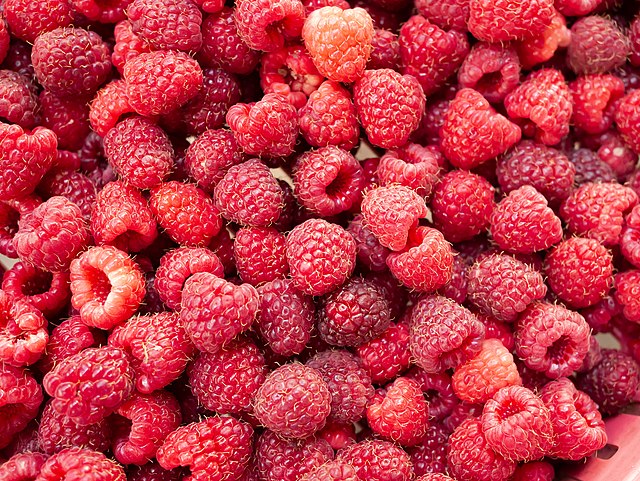Before reigning climate vagaries, the majestic mountains-fronting Sumadija and Western Serbia region has been the raspberry capital of the Balkans.
Here, cities like Arilje mushroomed and turned mega in the 1970s due to the boom of the red raspberry variety.
Mainly frozen and semi-processed fruits have historically helped make Serbia a major exporter of the berry.
According to the 3rd International Symposium on Biotechnology paper, frozen raspberries represented 10% of Serbia’s annual food exports from 2014 through 2024.
This export boom earned the fruit the term “red gold,” a phrase fading in 2025 following three dry months.
Indeed, metrologist Ana Vukovic Vimic of the University of Belgrade cites that Western Serbia has warmed by 2ºC in 10 years.
Hence, farmers project 2025’s yields to downsize to a fraction of past averages in the “worst season” in half-a-century.
But climate is not the only culprit. In 2020, nationwide export quantities decreased by above 10% a year due to Covid-19’s demand meltdown.
This continued into 2023 when the country shipped just 68,000 tonnes of the frozen fruit, way below 2019’s volumes.
Serbia’s raspberry wholesale prices soared in 2021 to over €3.5 ($4.07) a kg, from €0.3 ($0.35) due to shortage.
Although producers have been earning more per unit since 2021, they have been selling less volumes than beforehand. In 2025, farmers who used to reap 22 tonnes during drought or frost situations can only hope for 5 tonnes.
Glorious Past
For long, family farms dominated this region in the geographical west of Serbia – and had the highest productivity nationally.
According to a 2nd International Symposium on Biotechnology entry in 2024, the region holds amazing yields potential despite labor shortage.
The journal stated that farmers could manage to plant raspberries in 1/5th of a hectare and still garner €1,300 ($1,512) annually.
Sales of fresh fruits domestically or frozen equivalents abroad always remain compelling because of rapport between co-operatives and cold chains.
So, where next for the Western Serbia sweet raspberry crop that launches on under-2-hectare plots and lands onto European pies? The following statistics attempt an answer by looking into the past production and sales patterns of the Balkan country at large.
Serbia Raspberry Statistics
Raspberries make up 1/3rd of Serbia’s total fruit export value at a worth of $290 million, as of 2024. While frozen raspberries represent 10% of food exports, all raspberry exports account for 30% of fruit and vegetable shipments. In 2024, the country managed 80,000 tonnes in foreign sales of the fruit in mainly frozen form. This way it ranked in the top echelons of global exporters.
Driving the export boom is the Western Serbia region, which also consists of Sumadija. Most farmers here grow fruits in areas averaging 0.5 hectares, which sometimes attain productivity of 6.6 tonnes a hectare.
In terms of yields, the entire Serbia boasts one of the highest productivity patterns in the world. Productivity last peaked in 2022 at 5.892 tonnes a hectare, per the FAOSTAT:
| Year | Yield Rate [t/Ha] |
| 2023 | 5.189 |
| 2022 | 5.892 |
| 2021 | 5.315 |
| 2020 | 4.939 |
| 2019 | 5.164 |
Smiling upon the good yields are high prices, while frowning upon the gains are falling production patterns since 2020. The comparative table below, from the FAOSTAT and the 3rd International Symposium on Biotechnology, offers more details:
| Year | Export Price [euro/kg] | Production [tonnes] |
| 2023 | – | 98,674 |
| 2022 | 5.53 | 116,093 |
| 2021 | 3.50 | 110,589 |
| 2020 | 3.26 | 118,674 |
| 2019 | 2.05 | 120,058 |
